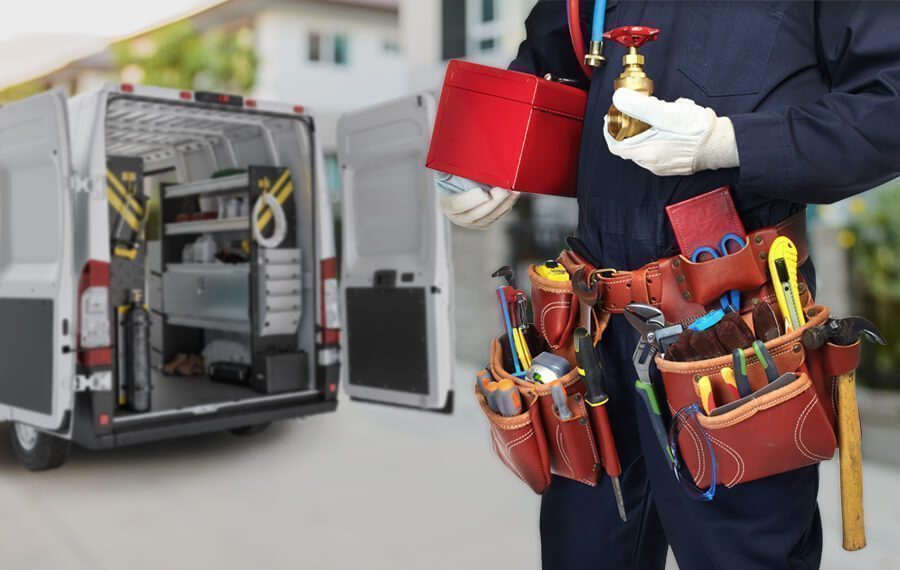Telephone Etiquette’s Important – Your Job’s on the Line!
In today’s world, despite the advance of technology, the phone is still the king of communication. If you own a commercial fleet, you should brush up on your professional phone etiquette. Emails may take care of short and precise conversations, but when it comes to closing a deal with a customer or following up on a quote, a phone call is much more effective. A five-minute call is quicker than writing an 800-word email, in which you still wouldn’t be able to explain everything you wished to say! However, despite the fact that we use the phone all the time, it’s amazing how little the world knows about phone etiquette.
The Rules of Professional Phone Etiquette
There are several important rules of professional phone etiquette that every commercial fleet business should follow in order to make a good impression on their customers.
1. Eliminate Distractions
When the phone rings, all activity around you should fade into the background and that telephone in front of you should become your main focus. You should not be eating, installing shelving units or vacuuming the floor while speaking on the phone. There’s nothing more annoying than attempting to carry on a phone conversation with someone who sounds like they’re standing in a tunnel at rush hour.
2. Answer sooner rather than later
Answering the phones in two rings or less is excellent service. It gives the customer the sense that they are first priority. Answering the phone after five or six rings makes it seem like they weren’t important enough for you. By answering quickly, you make a good first impression
3. Greet the caller
A friendly greeting is a key point to impressing the caller. Don’t mutter your words or answer with a casual response such as, “hullo” or “yeah.” State the name of your commercial fleet and your own name if you wish, and then ask how you can help them. Speak with enthusiasm; make the caller believe that you are truly interested in serving them. Nothing is more of a turn-off than someone who sounds as though they’re about to fall asleep!
4. Listen carefully, smile and be empathetic
When speaking over the phone, talk with a smile. It doesn’t have to be a Cheshire cat grin from ear to ear, but make sure you are smiling, as it will portray itself in your tone of voice. Listen carefully to the caller as well. You want to be able to answer any of their questions without having to ask them to repeat it all again. If a customer is angry or calling to complain, don’t panic or become angry yourself. Speak with calm assurance and be sympathetic. Reassure them that their complaint will be cared for immediately and apologise for the inconvenience, even if it isn’t your fault!
5. Ask for contact information
Always make sure you get the name and phone number of the caller. You never want to hang up the phone after a conversation and then think, “Ooops! Who was that?” In order to ensure that this doesn’t happen, train your employees to gather all the necessary contact information of everyone who calls, and enter it into a database that the whole company can access. That way no contact info will be lost and no calls can be forgotten.
6. End the Call with a Promise
Before you say goodbye to the caller, end with the assurance that you will care for their needs or get back to them at a later date. This leaves them feeling that they were well cared for and that they received top quality service. It’s a good way for commercial fleets to ensure that all their customers will call again and take your brand image to the next level
Follow these tips on professional phone etiquette and you are guaranteed happy and impressed customers who can’t wait to find a reason to phone you!
Next: How to Use Social Media to Build your Commercial Fleet
Or call our customer service at all at (800) 565-5321.







Leave a comment